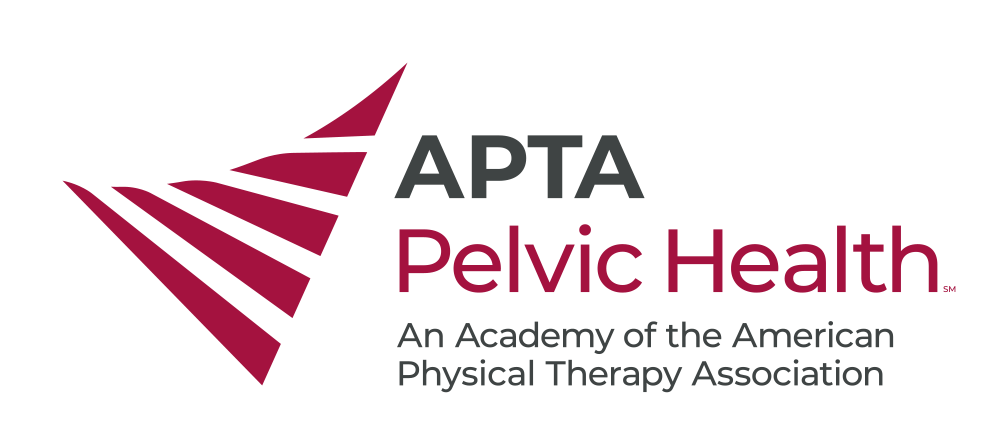October 2023 | This CPG provides clinicians with 7 evidence-based recommendations and two best practice recommendations based on clinical expertise. Of particular interest are the summary tables and guidelines for TENS parameters for neuromodulation. Continue Reading
News
Latest articles, statements, blog posts, and more
Welcome to your digital hub for the latest announcements, industry news, Clinical Practice Guidelines (CPGs), position statements, advocacy call-to-actions, member spotlights, blog series, and more! Search by topic or use the drop-down to navigate our digital library.
The American Physical Therapy Association engaged Nous, an international management consulting firm, to examine the costs and benefits of eight condition-based physical therapist services, each of which was chosen based on the prevalence of the condition and its associated level of health care spend Continue Reading
By going the residency route, my career has opened up to many possibilities I didn't think were feasible until now. Continue Reading
Breaking the silence on pelvic health within Spanish-speaking communities demands collective action, addressing cultural barriers, and fostering open dialogues to empower future generations to celebrate their bodies without the weight of unspoken taboos. Continue Reading
Drs. McAuley, Mahoney, and Austin spearhead this edition with the highly anticipated Clinical Practice Guidelines (CPG), skillfully distilling clinically pertinent evidence regarding urgent urinary incontinence and urinary frequency in adult women. Continue Reading
I was introduced to pelvic health physical therapy when I worked as a tech. What a great opportunity it was to discover what pelvic health was all about before starting graduate school. Continue Reading
This past weekend I was lucky enough to attend the APTA Pelvic Health Fall Symposium! I was selected to receive this year's Early Professional Special Interest Group’s Scholarship for the annual symposium. Continue Reading
I was 15 year old when I was diagnosed with Endometriosis. And after a period of misdiagnosis, I was finally able to receive the care I needed. That care included surgery, which was successful, and I was relieved. However... Continue Reading
My passion for pelvic floor therapy is continually fuelled by articles, publications, community involvement, and ongoing education. This passion led me to apply for the Early-Professional CAPP Course Scholarship Program, where I am eager to explore... Continue Reading
In the realm of women's health and reproductive medicine, the focus extends far beyond the mere physiology and pathology of the female body. It encompasses a complex interplay of physiological, psychological, and social factors that significantly influence the onset and outcome... Continue Reading
The GWHI is committed to transforming women's lives by fostering knowledge, education, and engagement within the global community of physical therapists. One key avenue through which we advance our mission is by offering financial grants. Apply November 1, 2023 for consideration. Continue Reading
Led by PT and PTA students, APTA's Flash Action Strategy rallies our community around important issues affecting our profession and the people we serve. The 2023 event will occur September 20-21. This year, Flash Action Strategy will focus on H.R. 2480, the Optimizing Postpartum Outcomes Act. Continue Reading
